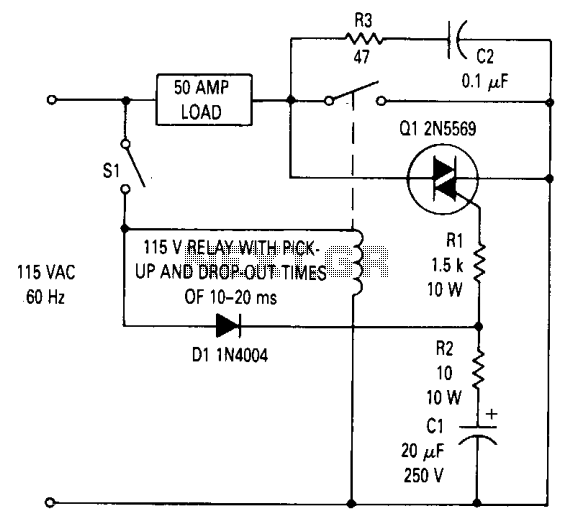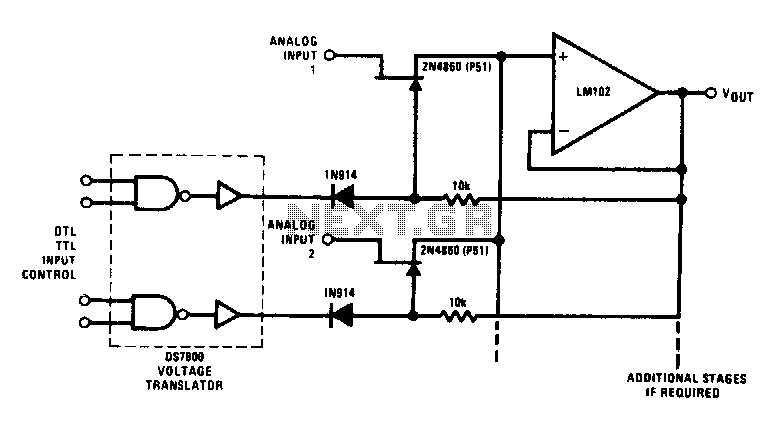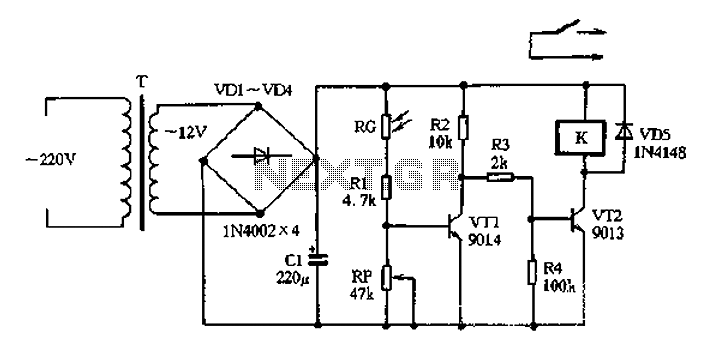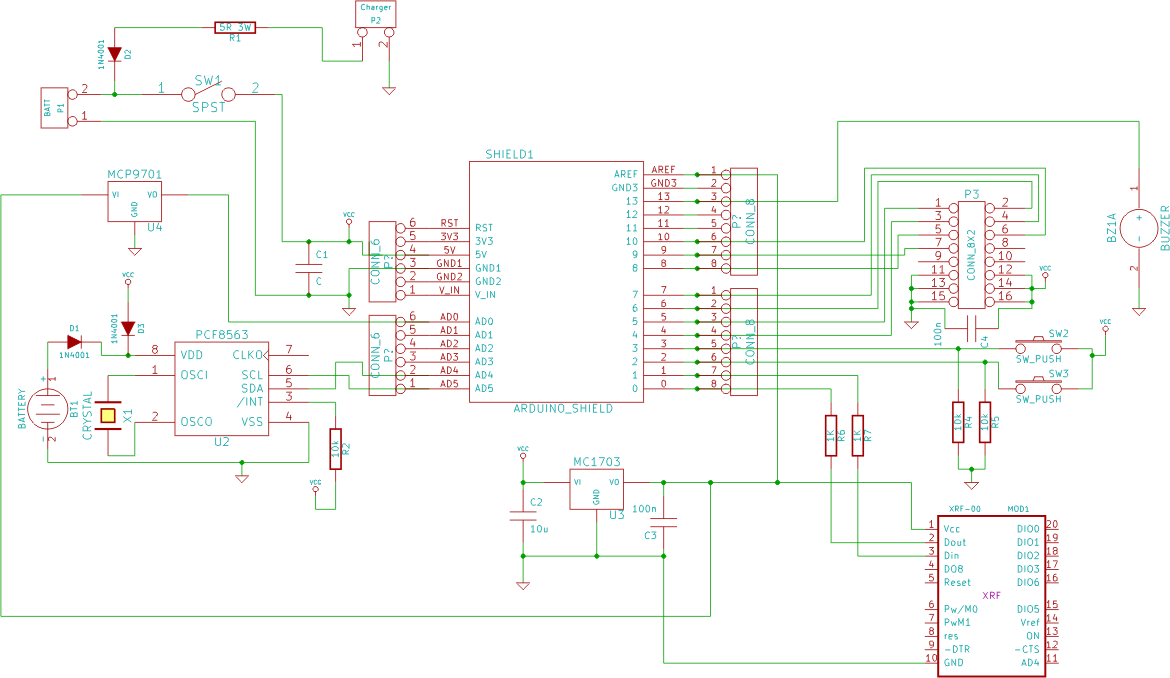
Clock Controlled Relay
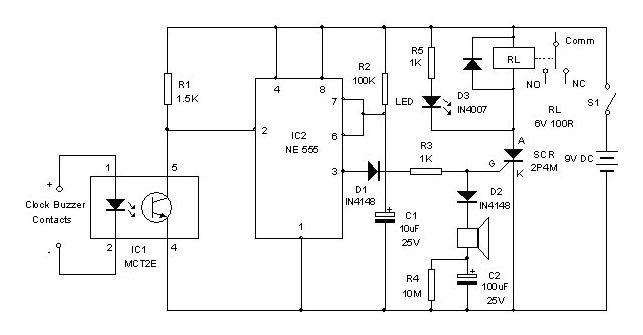
A clock-controlled relay, also known as a time delay relay, allows for the automatic activation of a load, such as a water pump, at a predetermined time. This device utilizes a standard clock mechanism to trigger the circuit, enabling the load to be switched on as needed.
The clock-controlled relay circuit typically consists of several key components: a clock module, a relay, a power supply, and the load (in this case, the water pump). The clock module, which can be a digital or analog timer, is responsible for keeping track of time and determining when the relay should be activated.
Upon reaching the specified time, the clock module sends a signal to the relay. The relay acts as an electrically operated switch, allowing current to flow to the load when activated. In this configuration, the relay can handle higher voltage and current levels, making it suitable for controlling devices like water pumps, which may require more power than the clock module can provide directly.
The power supply is crucial for ensuring that both the clock module and the relay operate correctly. It must be rated to provide adequate voltage and current for all components in the circuit. Additionally, protective features such as diodes may be included to prevent back EMF from damaging the relay or clock module when the load is switched off.
To enhance the functionality of the circuit, it may be designed with adjustable time settings, allowing users to customize the activation time according to their specific needs. This flexibility makes clock-controlled relays ideal for various applications, including irrigation systems, aquariums, and automated home systems, where precise timing for device activation is essential.
Overall, the clock-controlled relay circuit is a practical solution for automating the operation of electrical loads based on time, improving efficiency and convenience in various settings.You can switch on a load such as Water pump automatically at the required time through this Clock Controlled Relay or also known as Time Delay Relay. It uses an ordinary clock to trigger the circuit to switch on the load 🔗 External reference
The clock-controlled relay circuit typically consists of several key components: a clock module, a relay, a power supply, and the load (in this case, the water pump). The clock module, which can be a digital or analog timer, is responsible for keeping track of time and determining when the relay should be activated.
Upon reaching the specified time, the clock module sends a signal to the relay. The relay acts as an electrically operated switch, allowing current to flow to the load when activated. In this configuration, the relay can handle higher voltage and current levels, making it suitable for controlling devices like water pumps, which may require more power than the clock module can provide directly.
The power supply is crucial for ensuring that both the clock module and the relay operate correctly. It must be rated to provide adequate voltage and current for all components in the circuit. Additionally, protective features such as diodes may be included to prevent back EMF from damaging the relay or clock module when the load is switched off.
To enhance the functionality of the circuit, it may be designed with adjustable time settings, allowing users to customize the activation time according to their specific needs. This flexibility makes clock-controlled relays ideal for various applications, including irrigation systems, aquariums, and automated home systems, where precise timing for device activation is essential.
Overall, the clock-controlled relay circuit is a practical solution for automating the operation of electrical loads based on time, improving efficiency and convenience in various settings.You can switch on a load such as Water pump automatically at the required time through this Clock Controlled Relay or also known as Time Delay Relay. It uses an ordinary clock to trigger the circuit to switch on the load 🔗 External reference
